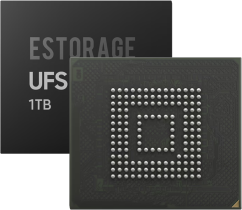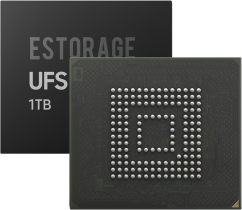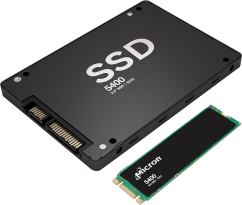产品描述
The Qualcomm PMI-632-5-WLNSP81B-HR-02-2-00 is specifically designed to address the evolving power management needs of contemporary mobile and wireless devices. Its advanced architecture supports reliable and efficient power distribution across multiple output channels, which is critical in today’s multi-component systems.
Advanced Power Management Capabilities
The PMI-632-5’s multi-channel power delivery system is a cornerstone of its design. Each output channel can be independently configured, which is essential for powering a range of components that may require different voltage levels. For example, a high-performance processor may require a specific voltage for peak performance, while memory components may operate efficiently at lower voltages. This adaptability not only enhances overall system performance but also contributes to power efficiency.
Efficiency and Thermal Management
One of the significant advantages of the PMI-632-5 is its high efficiency, which minimizes power loss during conversion processes. Achieving efficiency ratings exceeding 90% is particularly important for mobile devices, where battery life is a primary concern. Furthermore, the device incorporates dynamic voltage scaling technology, allowing it to adjust the output voltages according to real-time load demands. This capability ensures that energy is used optimally, reducing waste and lowering the thermal output of the device. As a result, the PMI-632-5 helps maintain cooler operating temperatures, which is crucial for both performance and longevity.
Reliability and Safety Features
The reliability of the PMI-632-5 is enhanced by its robust protection mechanisms. Overvoltage and overcurrent protections are integrated into the design, ensuring that any potential surges or faults are managed effectively, preventing damage to both the PMIC and the components it powers. Additionally, the thermal shutdown feature acts as a safety net during excessive heat scenarios, automatically disabling the device to prevent overheating. These safety features not only ensure the longevity of the PMIC but also enhance the overall reliability of the systems in which it is integrated.
Compact and Versatile Design
The compact nature of the PMI-632-5 makes it suitable for a wide range of applications, particularly in space-constrained environments. Its small footprint facilitates easy integration into printed circuit boards (PCBs), allowing manufacturers to design sleek, lightweight products that do not compromise on power management capabilities. This versatility is critical as the demand for smaller and more efficient devices continues to grow.
Conclusion
In conclusion, the Qualcomm PMI-632-5-WLNSP81B-HR-02-2-00 represents a sophisticated solution for power management in modern mobile and wireless devices. With its multi-channel capabilities, high efficiency, dynamic voltage scaling, and comprehensive protection features, this PMIC is well-equipped to meet the demands of today’s complex electronic systems. Its compact design further enhances its appeal, enabling manufacturers to create innovative and efficient products that align with the ongoing evolution of mobile technology.
规格参数
Input Voltage Range: The PMI-632-5 operates with an input voltage range of 3.0V to 5.5V, allowing it to accommodate a variety of power sources, including different battery types commonly found in portable electronics.
Output Voltage Range: The PMIC supports an adjustable output voltage range, typically from 0.8V to 3.3V. This flexibility allows designers to tailor the voltage supplied to different components based on their specific requirements.
Maximum Output Current: Each output channel is capable of delivering up to 2A of load current. This capacity is sufficient to power high-performance components, such as application processors and RF modules, ensuring they receive adequate power for optimal operation.
Efficiency Ratings: The efficiency ratings of the PMI-632-5 are impressive, with typical efficiencies reaching over 90%. This characteristic is crucial for mobile applications where power efficiency directly affects battery life.
Switching Frequency: The device operates at a programmable switching frequency, usually around 1 MHz. This feature allows designers to optimize performance based on the specific needs of the application, balancing between efficiency and responsiveness.





